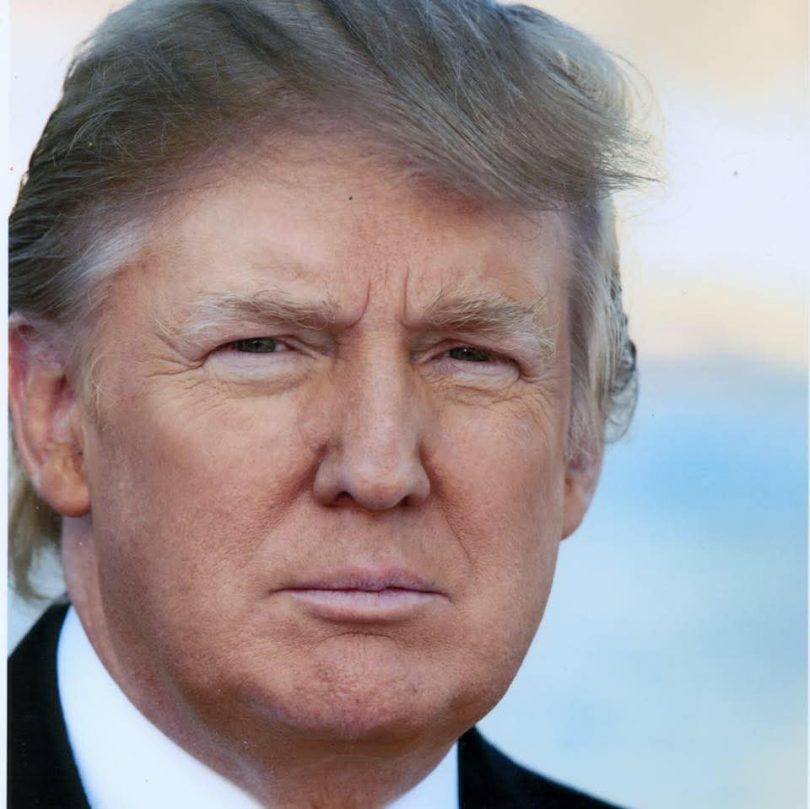Donald Trump’s Tariffs: A Summary of Tariff PoliciesIn his second term starting in 2025, Donald Trump has introduced a strong policy of tariffs on many foreign goods with the aim of protecting domestic industries and reducing the trade deficit.
Some of the actions and effects that are emerging are:
LEGAL BASIS
Trump has bypassed some laws such as the IEEPA (International Emergency Economic Powers Act) to continue tariffs as national emergency measures.
He has also pursued the principles of Section 232 (Trade Expansion Act of 1962), which allows tariffs if imports affect “national security”.
Under these institutions, Trump has announced a number of percentage tariffs (baseline) and “specific” tariffs depending on the country and product.
EXAMPLES OF TARIFFS
Baseline tariff: 10% on most goods starting April 5, 2025 (for most countries) Wikipedia+2Congress.gov+2
Reciprocal tariffs: Several countries are subject to higher tariffs based on trade injustice. Congress.gov+2Atlantic Council+2
Tariffs on specific products:
10% on softwood timber / lumber Yahoo Finance+1
25% or more on wood furniture, kitchen cabinets, vanities, etc. Yahoo Finance+2Congress.gov+2
25% on countries that sell Venezuelan oil as part of executive order (Executive Order 14245) Wikipedia
Also announced 100% tariffs on films produced outside the US (for cultural reasons) Reuters
CHALLENGES & ISSUES
Some of the IEEPA tariff orders have been legally challenged in constitutional court.
Trading countries have promised to impose retaliatory tariffs on US goods.
Domestic consequences: product prices, supply, concerns for industries dependent on imported raw materials.
CONCLUSION
This policy reflects the trend of using tariffs as a tool of trade policy. It is a highly controversial policy — and one that has a lot of room for change, depending on legal forces, international negotiations, and domestic economic interests.









Leave a Comment